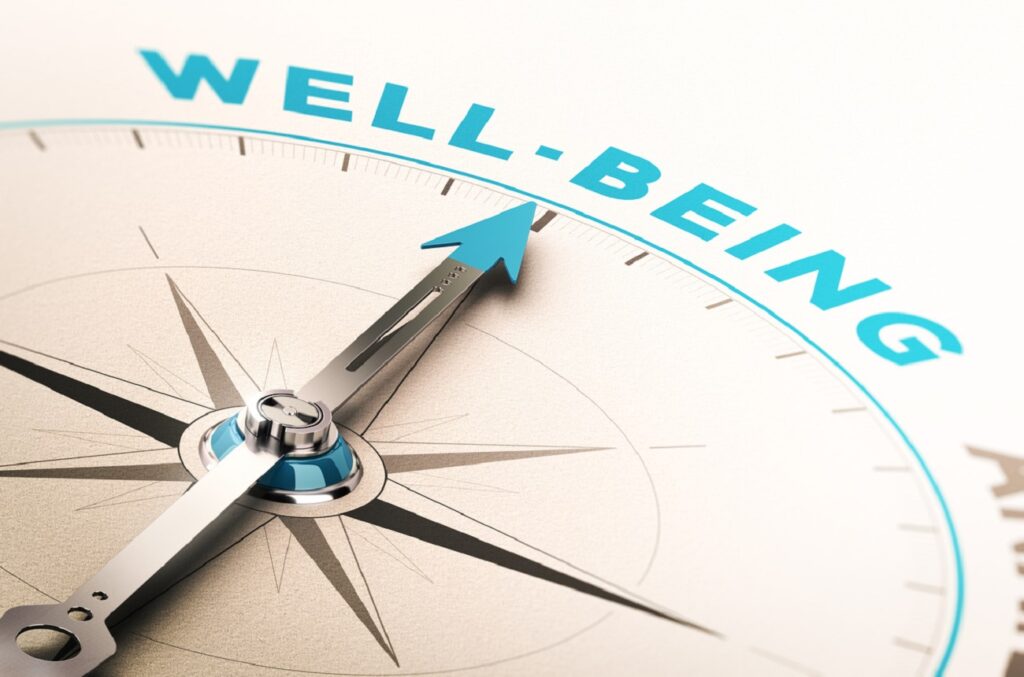Christina Butterworth is Occupational Health and Wellbeing Strategy Lead at Crossrail. We caught up with Christina at this year’s Good Day At Work Conversation, organised by Robertson Cooper. She was previously Head of Health and BG Group and is on the board of the National School of Occupational Health.
Jamie Lawrence, Editor, HRZone: What have you learnt about success in managing remote teams during your career?
Christina Butterworth, Occupational Health and Wellbeing specialist, Crossrail: It’s been a long career so I’ll have to think a long way back! I’ve been a nurse for 39 years and in occupational health for 29 years. My experience in managing remote teams started in the oil and gas industry which was my previous role, managing a team in 29 different countries and trying to get your messaging across.
A key point here is doing a needs assessment so you can understand what the culture’s like in each locale, what the challenges are and making sure you’re tailoring your intervention to that group of people.
At Crossrail our workforce is only spread across London but that’s still 27 sites so part of that is having a strategy that binds everything together but has that flexibility so people can adapt and adopt what they have for their workplace.
Jamie Lawrence, Editor, HRZone: You led a great project at Crossrail. What did you learn from that?
Christina Butterworth, Occupational Health and Wellbeing specialist, Crossrail: There is a huge amount of passion – it’s a one-off, something that people can be proud of. And it’s amazing that if people are proud or pleased about what they’re doing in their organisation it’s much easier to tap into them from a health and wellbeing perspective.
There’s a real thirst for knowledge and support. The fact we’re putting in place occupational health and wellbeing means they’re getting more skills and more support than ever before so I like to think we’ve really made an impact to the workers.
Jamie Lawrence, Editor, HRZone: What’s been the best wellbeing programme you’ve ever implemented in terms of how you felt about it and the results you achieved?
Christina Butterworth, Occupational Health and Wellbeing specialist, Crossrail: It’s the mental health programme we’ve done at Crossrail. It’s really starting to grow legs. Mental health was a very taboo thing: we never really spoke about mental health in the construction industry and now people at Crossrail feel validated and allowed to talk about mental health if they want to.
If we look at the WHO the two biggest problems at the moment are obesity and mental health so there is still work to do.
We’re telling stories, running workshops – lots of people want to be mental health first aiders, wellbeing champions and I think it’s that whole thing where we’re being asked for information about it and there’s a real thirst for it.
Jamie Lawrence, Editor, HRZone: Are you optimistic about wellbeing and health in the workplace at the moment?
Christina Butterworth, Occupational Health and Wellbeing specialist, Crossrail: I am now, I think UK business and the UK plc are ready for it now. It’s high on the agenda of government, of industry, and of the professionals who work inside them too, so I think there’s a real seaswell now and we are starting to do things.
But if we look at the WHO the two biggest problems at the moment are obesity and mental health so there is still work to do. We haven’t cracked it yet but sometimes we don’t celebrate the successes. These problems are increasing but we are making a difference and I hope it will change for the better.
I think a lot of the time we don’t measure the success or link wellbeing to other parts of the business to really understand the impact that wellbeing is having.
Jamie Lawrence, Editor, HRZone: Where do you think organisations go wrong when it comes to implementing wellbeing programmes? What do they commonly miss?
Christina Butterworth, Occupational Health and Wellbeing specialist, Crossrail: I think a lot of the time we don’t measure the success or link wellbeing to other parts of the business to really understand the impact that wellbeing is having.
Part of that is because it’s difficult to say that wellbeing is having an impact on things like engagement or performance, so we need to find good tools that help us find that link and show why that engaging with our workforce in terms of wellbeing has a positive impact on other parts of the business.






